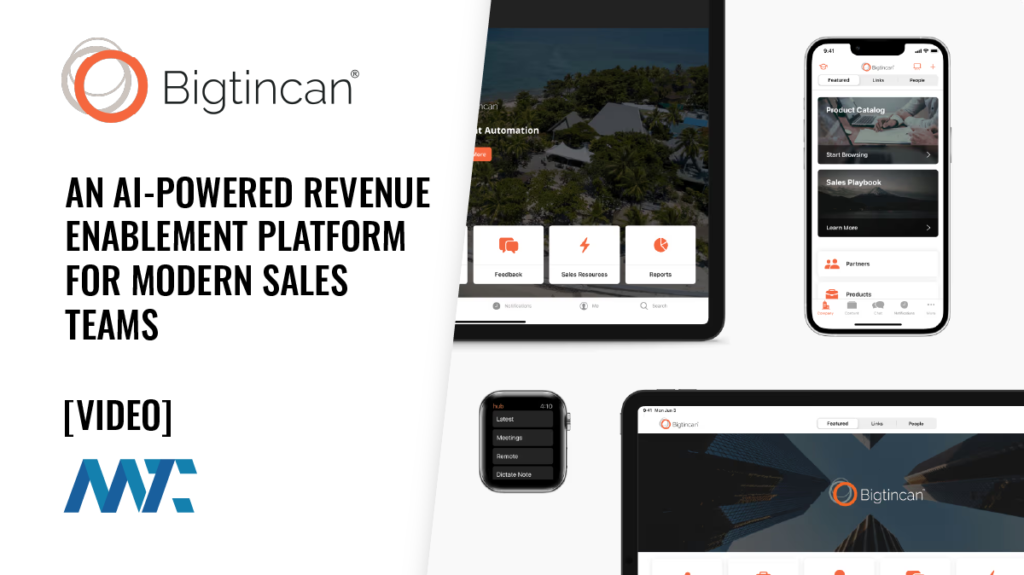Universal Consent & Preference Management: A Scholarly Exploration

Universal Consent and Preference Management (UCPM) has emerged as a critical facet of digital data governance, primarily due to stringent regulatory environments and heightened consumer awareness about privacy. This article delves into the theoretical underpinnings, practical implementations, and future prospects of UCPM, emphasizing its significance in contemporary data ecosystems.
Consent and user preference management have become paramount in an era where data is the new oil. UCPM refers to systems and processes designed to streamline collecting, managing, and enforcing user consents and preferences across multiple platforms and services.
Table of Contents
UCPM Foundations
The foundation of Universal Consent and Preference Management rests on two key pillars: consent and preference management, which form the basis for ethical and compliant data handling practices.
- Consent: Informed, explicit, and revocable permission granted by users for the collection, use, and sharing of their personal data. The principle of informed consent underscores the necessity for clarity and transparency, ensuring that users are fully aware of what they consent to. Explicit consent implies that the user has given a clear and unequivocal indication of their wishes.
- Preference Management: The process of capturing and honoring user preferences regarding data handling, communication methods, and service interactions. Preference management extends beyond mere consent, encompassing the broader spectrum of user choices regarding how their data is used and how they wish to interact with services.
UCPM Theorems
UCPM is guided by fundamental theorems that shape its implementation and effectiveness in protecting user privacy and data rights.
- Privacy by Design: This proactive approach embeds privacy considerations into the design and architecture of information systems. It ensures that privacy is not an afterthought but a fundamental aspect of system development. It involves integrating privacy controls and data protection measures throughout the lifecycle of data processing activities.
- Data Minimization: Limiting data collection to what is strictly necessary for specified purposes. This principle is crucial in reducing the risk of data breaches and ensuring that personal data is not used in ways that could harm the individual.
Regulatory Landscape
The implementation of UCPM is heavily influenced by a complex regulatory environment that sets standards for data protection and user rights across different jurisdictions. Several key frameworks that emphasize user rights and data protection shape the regulatory landscape for consent and preference management.
- General Data Protection Regulation (GDPR): This regulation mandates clear consent mechanisms and empowers users with rights such as data access, rectification, and erasure. Its stringent requirements for obtaining and managing consent have set a global standard for data protection.
- California Consumer Privacy Act (CCPA): This law provides residents with the right to know about personal data collection, usage, and sharing practices and introduces robust consumer rights, including the right to opt out of data selling.
- ePrivacy Directive: This directive focuses on electronic communications and requires consent for cookies and similar technologies. It complements GDPR by providing specific guidelines for the online environment.
Key Regulations Impacting UCPM
Specific regulations are crucial in shaping UCPM practices, with the following articles and sections directly addressing consent and user rights:
- Article 7 of GDPR: Conditions for consent. This article outlines the requirements for obtaining valid consent, including the need for consent to be freely given, specific, informed, and unambiguous.
- Section 1798.120 of CCPA: Consumer rights to opt-out. This section empowers consumers to prevent businesses from selling their personal information, reinforcing the importance of consumer control over data.
UCPM Implementation Strategies
Implementing effective UCPM strategies involves several critical components and methodologies:
- Centralized Consent Management Platforms: Systems that offer a single interface for users to manage their consents and preferences. These platforms provide a unified view of user consents across multiple touchpoints, enhancing consistency and compliance.
- APIs and Integrations: Facilitating communication between different systems and services to ensure consistent application of user preferences. APIs play a vital role in enabling seamless data exchange and ensuring that user preferences are respected across various platforms.
- User Interfaces (UI): Designing intuitive interfaces that allow users to easily understand and manage their consents and preferences. User-friendly interfaces are crucial for ensuring that users can effectively exercise their rights and make informed choices.
UCPM Key Components
At the heart of UCPM systems are essential components that enable users to manage their consents and preferences effectively.
- Consent Dashboards: Centralized portals for users to view and manage their consents. These dashboards provide transparency and empower users to control their data.
- Preference Centers: Platforms where users can specify their communication and data handling preferences. Preference centers enhance user autonomy by allowing them to tailor their interactions with services.
UCPM Challenges and Considerations
The implementation of UCPM is fraught with challenges that organizations must navigate to ensure compliance and user satisfaction.
- User Experience (UX): Balancing regulatory compliance with a seamless user experience. Overly complex consent mechanisms can lead to user frustration and consent fatigue, where users become desensitized to consent requests.
- Data Interoperability: Ensuring that consents and preferences are consistently applied across different systems. Interoperability challenges can arise from the diversity of platforms and technologies used in data processing.
- Scalability: Managing consents and preferences for large user bases. As organizations scale, they must ensure that their UCPM systems can handle increased volumes of data and maintain performance.
UCPM Things to Be Keen Of
- Transparency: Clearly communicating how data will be used and ensuring users understand their rights. Transparency builds trust and helps users make informed decisions about their data.
- Revocability: Allowing users to easily withdraw their consent at any time. Revocability is a cornerstone of user empowerment, ensuring that users retain control over their data.
- Security: Protecting consent and preference data from unauthorized access and breaches. Robust security measures are essential for safeguarding user data and maintaining compliance.
UCPM Future Directions
Emerging technologies and evolving regulatory landscapes shape the future of UCPM. Several trends are likely to influence the development of UCPM systems.
- AI and Automation: Leveraging artificial intelligence to predict and manage user preferences more effectively. AI can enhance UCPM by automating consent management processes and providing personalized user experiences.
- Blockchain: Using blockchain technology to create immutable records of consent transactions. Blockchain offers a transparent and tamper-proof way to record and verify user consents, enhancing trust and accountability.
- Standardization: Developing industry-wide standards for consent and preference management to ensure consistency and interoperability. Standardization can facilitate collaboration between organizations and streamline compliance efforts.
UCPM Case Studies
Examining real-world implementations of UCPM provides valuable insights into effective strategies and best practices in the field.
- Google Consent Management: Google has implemented a robust consent management system that allows users to control their data across various services. Their approach includes clear consent requests and comprehensive preference management tools.
- Apple’s Privacy Practices: Apple emphasizes user privacy through features like App Tracking Transparency, which requires apps to obtain user consent before tracking their activity.
Conclusion
Universal Consent and Preference Management is not just a regulatory requirement but a strategic imperative for organizations. Businesses can build trust, ensure compliance, and enhance user satisfaction by effectively managing consents and preferences. As technologies and regulations evolve, so too must the strategies and systems for UCPM, making it an area ripe for ongoing research and innovation.
Captain Compliance provides a user-friendly platform backed by privacy professionals. We simplify the process of navigating regulations, giving your customers transparent choices, and building essential trust for your organization.







